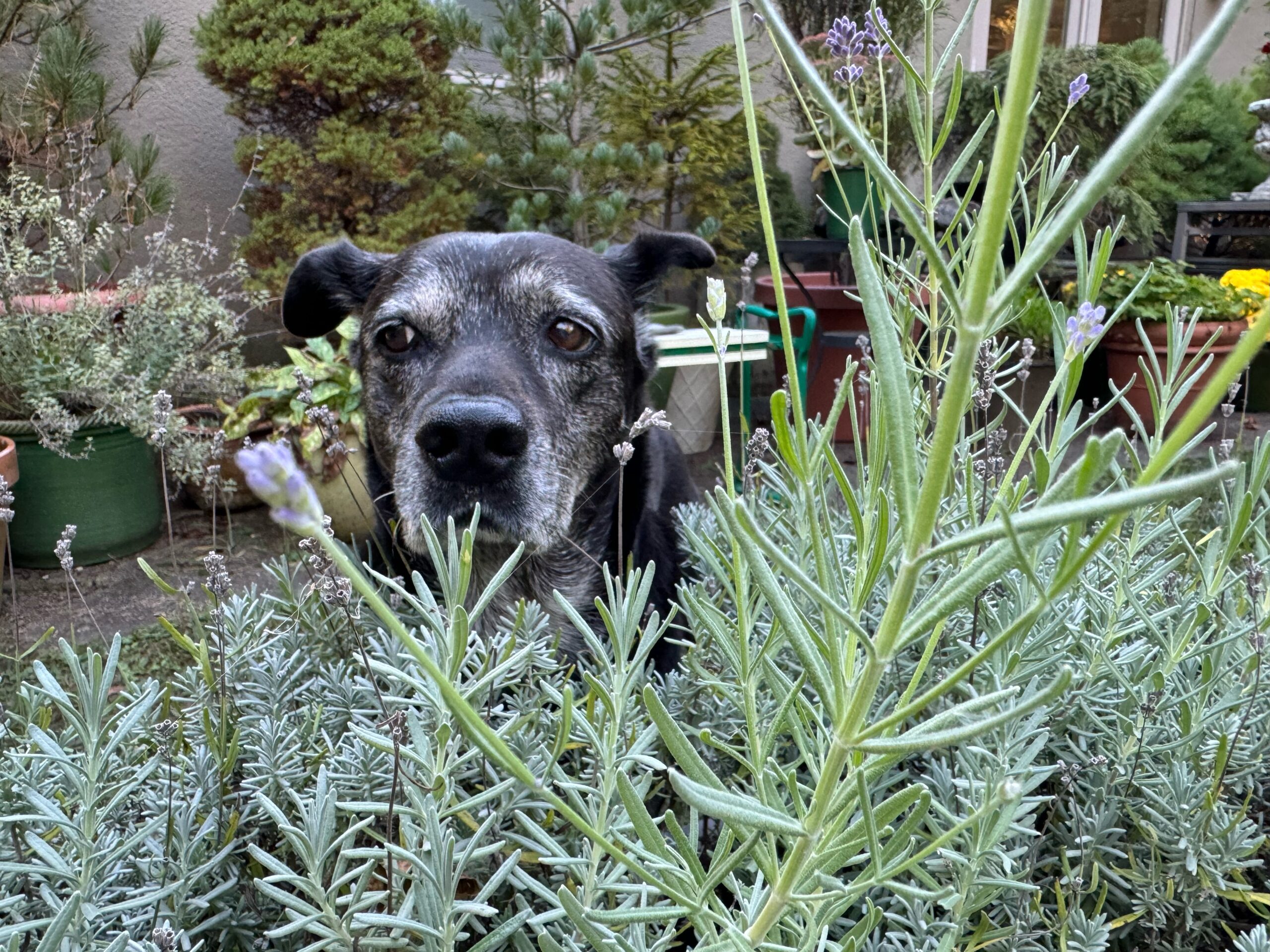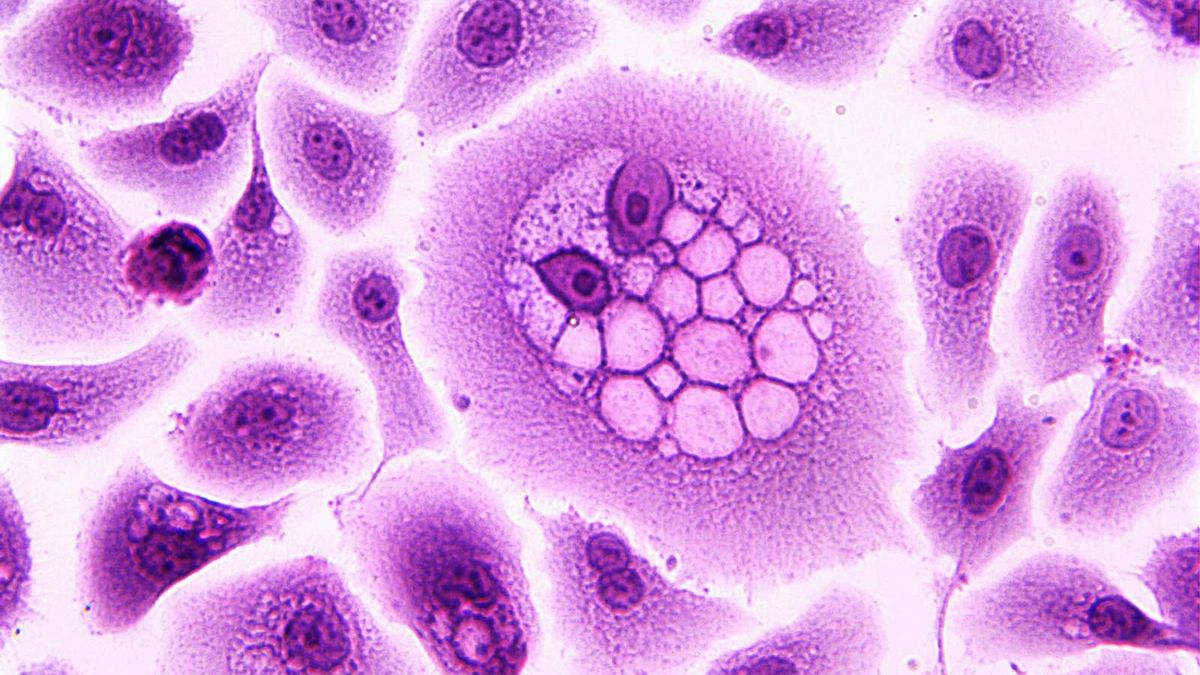
The Healing Instinct: Plants, Animal Behavior and the Origins of Medicine
L ast month, I observed a fascinating interaction between my dog and a neighbor’s aging companion, Juno. My dog, who often has his nose in a plant, was grazing on specific grass species, seemingly in an attempt to soothe his intestinal discomfort. Later that morning, I watched Juno, a white-faced senior dog, delicately eat a small amount of yarrow (Achillea millefolium) while my dog curiously observed. My dog then sniffed and licked the flower but ultimately chose not to eat any.
Yarrow, well-known to humans for its medicinal properties, has been used for centuries as a digestive aid and mild astringent, often to treat diarrhea. The plant contains compounds like flavonoids and sesquiterpene lactones, which help reduce inflammation. However, veterinary medicine suggests that the same sesquiterpene lactones can sometimes exacerbate gastrointestinal issues in dogs and may even cause neurological symptoms, particularly in those sensitive to the plant.
The observation of animals interacting with medicinal plants is not uncommon. Cats, dogs, wolves, and even bears have been known to consume specific grasses and plants when experiencing digestive distress or infections. These plants are thought to act as purgatives or anti-inflammatories. This instinctive behavior is known as zoopharmacognosy—the act of animals self-medicating through natural substances found in their environment.








/cdn.vox-cdn.com/uploads/chorus_asset/file/25336135/zoox_robotaxi_driving_at_night.jpg)













